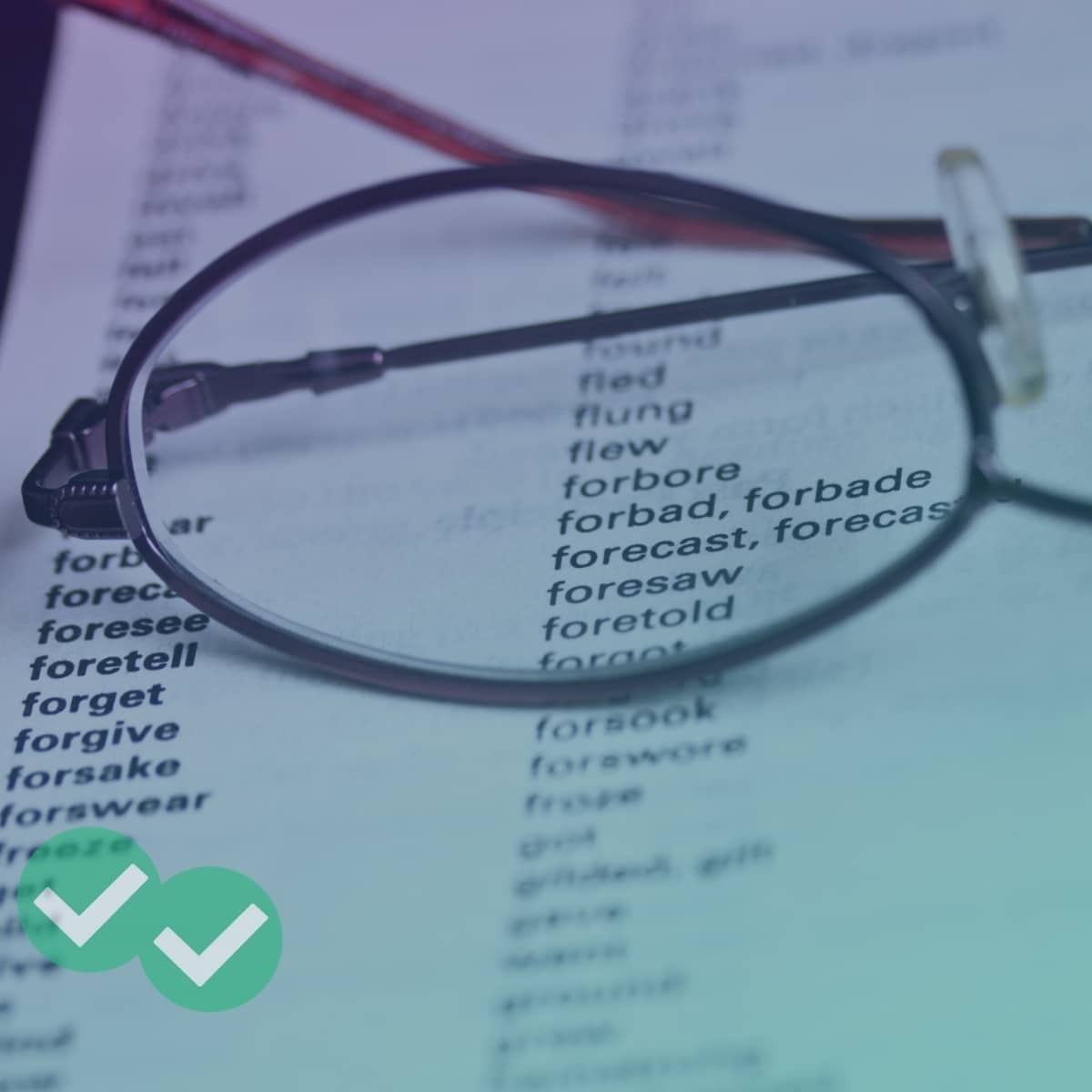
Have you ever spoken about something in the past tense but also presented information that happened in the future just beyond that point of time in the past? Then you’re speaking about the future in the past. In this article, we’ll go over how and when to use future in the past, a concept that comes up more often than you’d think within English conversation.
How to Talk About the Future in the Past (Video)
First, take a look at this video explaining the concepts in this post. Then, keep reading (or listen to the audio samples) to learn more about future in the past!
What is the Future in the Past?
Click below to listen to a recording of this passage.
I know, it sounds like a lot is going on, but let’s look at the definition. The future in the past is defined as:
The concept of expressing the idea that, in the past you had a thought something would happen in the future beyond that thought, but now, that event is also in the past.
Here’s an example:
I knew the dog was going to bark as soon as the mailman walked up.
Whether your thoughts about the future were correct or not doesn’t matter within this concept. The dog in the above example could have barked or not. But the individual thought (in the past) that the dog would bark (in the future).
We typically use the future in the past when talking about plans, possibilities, or predictions we had about things that happened.
Forming the Future in the Past Tense
Click below to listen to a recording of this passage.
Like the future simple tense, it only has two forms: would + verb or was/were + going to + verb.
The negative is formed by adding not.
Examples using would:
- I knew you would go with him to the dance.
- We thought Joe wouldn’t be able to work this weekend.
- Everyone believed that she wouldn’t be able to compete in the tournament.
- He had a feeling that something would go wrong this time.
- She promised me that she would never break my heart.
Examples using was/were + going to:
- The whole crowd knew he was going to break the record.
- I had a feeling they were going to back out of the deal.
- We thought she was going to ride with us.
- She said she wasn’t going to go because she missed practice last week.
- We figured you weren’t going to come because you sprained your ankle.
Remember that you cannot use the future in the past if you begin the clause with a time expression like when, before, after, or as soon as. In that case, you would revert to the past simple tense.
Example:
- I had a feeling that as soon as the game would start, I would be focused and ready to play. – Incorrect
- I had a feeling that as soon as the game started, I would be focused and ready to play. – Correct
Often, English students use will instead of would when using the future in the past. After all, it seems like you’re speaking about something in the actual future. Don’t make the mistake of falling into that trap. With this article, you now have the resources you need to properly form the clause.



